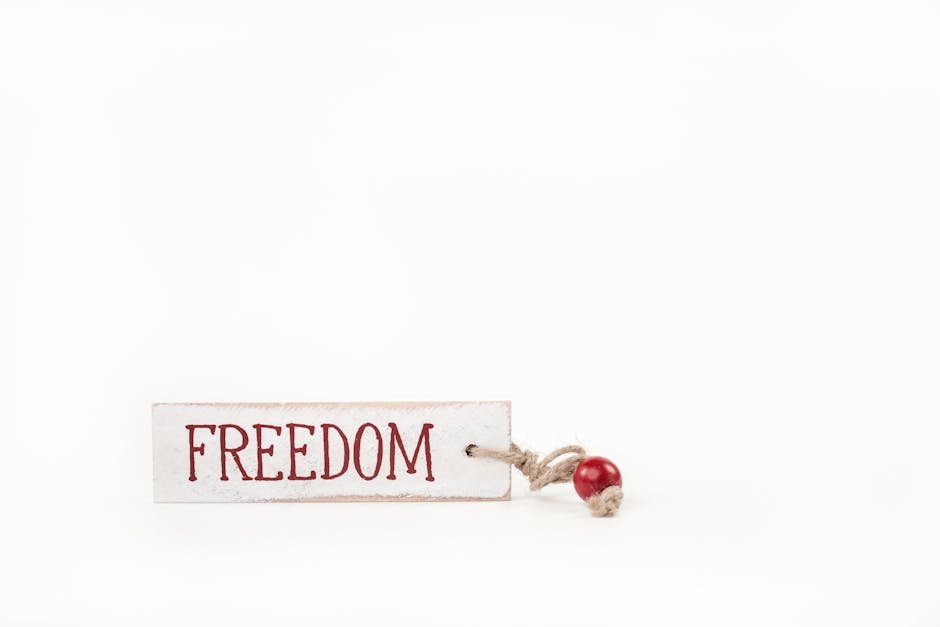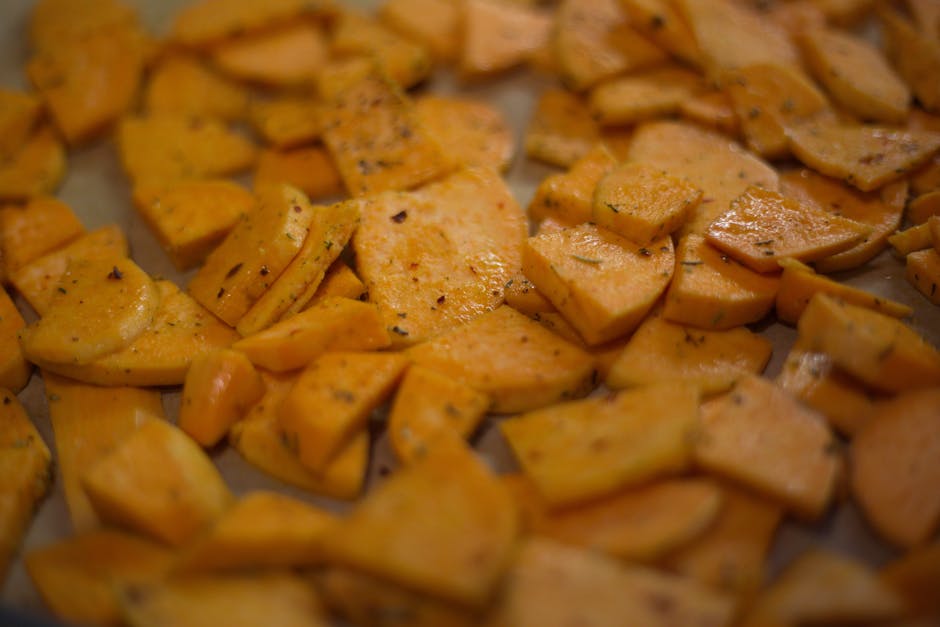The humble apple pie: a seemingly simple dessert with a surprisingly rich and complex history. While pinpointing its exact origin is difficult, evidence suggests apple pies have been enjoyed in some form for centuries. Early versions, far removed from the sweet, spiced pies we know today, likely emerged in Europe long before the arrival of readily available sugar. These earlier iterations might have featured savory ingredients alongside apples, reflecting the limited availability of sweeteners in those times. The use of apples themselves in cooking was widespread; apples were a readily available fruit in many parts of Europe, making them a practical choice for pies and other baked goods.
The migration of apple pie to America is inextricably linked to the arrival of European settlers. Apples, along with other fruit trees, were brought to the New World and eventually flourished in the diverse climates of the burgeoning nation. The American apple pie, however, evolved distinctly. The abundance of apples, coupled with the increasing availability of sugar and spices from trade routes, allowed for the development of the sweeter, more familiar versions we associate with the dish today. By the 19th century, apple pie had become a staple of American cuisine, solidifying its place in the national identity.
The cultural significance of apple pie cannot be overstated. It’s frequently associated with concepts of home, family, and American tradition. Statistics show that apple pie remains one of the most popular desserts in the United States, with countless variations and recipes passed down through generations. It’s a dish that transcends socioeconomic boundaries, enjoyed in homes across the country. The seemingly simple act of baking an apple pie evokes a sense of nostalgia and comfort, a connection to the past and a symbol of simple pleasures. Furthermore, apple pie frequently appears in popular culture, from literature and film to advertising, reinforcing its iconic status. This recipe, however, aims to elevate the classic, providing you with the best apple pie recipe you’ll ever encounter, combining traditional techniques with modern refinements.
Ingredients and Measurements
This recipe utilizes high-quality ingredients to ensure the best possible apple pie. Precise measurements are crucial for achieving the perfect balance of flavors and texture. Don’t substitute ingredients unless you’re experienced in baking and understand the implications.
For the Crust:
- 2 1/2 cups (300g) all-purpose flour – Use a good quality flour for a tender crust. Avoid using self-rising flour as it will alter the texture.
- 1 tsp (5g) salt – Enhances the flavors of the other ingredients.
- 1 cup (2 sticks, 227g) unsalted butter, very cold and cut into cubes – Cold butter is essential for a flaky crust. Use a pastry blender or your fingertips to cut the butter into the flour until the mixture resembles coarse crumbs.
- 1/2 cup (113g) ice water – Add the ice water gradually, mixing until the dough just comes together. Don’t overmix, as this will develop the gluten and result in a tough crust.
For the Apple Filling:
- 6 medium apples (about 3 lbs or 1.4kg), peeled, cored, and sliced – Choose a variety of apples for optimal flavor and texture. A combination of tart and sweet apples, such as Granny Smith, Honeycrisp, and Braeburn, is ideal. The thickness of the slices should be consistent for even baking.
- 3/4 cup (150g) granulated sugar – Adjust the amount depending on the sweetness of your apples. Taste the apples before adding sugar to avoid an overly sweet pie.
- 1/4 cup (50g) packed light brown sugar – Adds depth of flavor and moisture.
- 2 tbsp (20g) all-purpose flour – Helps to thicken the filling and prevent it from becoming watery.
- 1 tsp (2g) ground cinnamon – The quintessential apple pie spice.
- 1/2 tsp (1g) ground nutmeg – Adds warmth and complexity.
- 1/4 tsp (0.5g) ground allspice – Enhances the cinnamon and nutmeg.
- 1 tbsp (15ml) lemon juice – Prevents browning and adds brightness.
- 1 tbsp (15g) unsalted butter, cut into small pieces – Adds richness and helps keep the apples moist.
For the Egg Wash (optional):
- 1 large egg, beaten – Creates a beautiful golden-brown crust.
- 1 tbsp (15ml) milk or cream – Adds shine to the crust.
Important Note: Always measure your ingredients accurately using a kitchen scale for the best results. Volume measurements can be less precise.
Crust Preparation (including pastry tips)
A flaky, buttery crust is paramount to a truly exceptional apple pie. This recipe uses a classic all-butter crust, but feel free to substitute up to 1/4 of the butter with shortening for a slightly more tender crust. For this recipe, you’ll need 2 1/2 cups (300g) all-purpose flour, 1 teaspoon (5g) salt, 1 cup (2 sticks, 227g) cold unsalted butter, cut into 1/2-inch cubes, and 1/2 cup (120ml) ice water.
Begin by whisking together the flour and salt in a large bowl. This ensures even distribution of salt throughout the dough. Keep your ingredients cold! Cold butter and ice water are crucial for a flaky crust. The cold butter creates steam during baking, which leads to those desirable layers.
Cut in the butter using a pastry blender or your fingertips. Work quickly to prevent the butter from melting. You want to achieve a mixture that resembles coarse crumbs, with some pea-sized pieces of butter remaining. Don’t overmix; overmixing will develop the gluten in the flour, resulting in a tough crust.
Gradually add the ice water, a tablespoon at a time, mixing lightly with a fork until the dough just comes together. Do not add more water than necessary. The dough should be slightly shaggy and not overly sticky. If it’s too sticky, add a tablespoon more of flour. If it’s too dry, add a teaspoon more of water.
Turn the dough out onto a lightly floured surface and gently form it into two discs, one slightly larger than the other. Wrap each disc tightly in plastic wrap and chill in the refrigerator for at least 30 minutes. This allows the gluten to relax and the flavors to meld, resulting in a more tender and flavorful crust.
Professional Tip: For an even flakier crust, consider using a food processor to cut in the butter. Pulse the flour and butter until the mixture resembles coarse crumbs. Be careful not to over-process. Alternatively, you can grate the cold butter using a box grater for a similar effect.
Professional Tip: To prevent shrinkage, gently dock the bottom crust with a fork before adding the filling. This releases steam and allows for even baking.
Once chilled, roll out the larger disc of dough on a lightly floured surface and carefully transfer to your pie plate. Roll out the second disc for the top crust. Remember to trim any excess dough before baking. Enjoy your perfectly crafted apple pie!
Apple Filling Preparation (including peeling, coring, and slicing techniques)
This section details the preparation of the apple filling, a crucial step in creating the perfect apple pie. We’ll be using 6 medium-sized apples for this recipe, but you can adjust the quantity based on your pie dish size and preference.
First, choose your apples wisely. Tart apples like Granny Smith, Honeycrisp, or Braeburn offer the best balance of sweetness and tartness, preventing your pie from becoming overly sweet. Wash the apples thoroughly under cold running water to remove any dirt or debris.
Next, we’ll tackle peeling. You can use a vegetable peeler for a quick and efficient peel. Hold the apple firmly and peel in long, continuous strokes, avoiding any unnecessary pressure that might cause you to remove too much of the apple flesh. For a rustic look, you can leave the skin on some of the apples – it adds texture and flavor.
After peeling, it’s time to core the apples. A corer is ideal for this task, but a sharp paring knife will work just as well. Cut out the core carefully, ensuring you remove all the seeds and the tough central part of the apple. This step is crucial for preventing bitter seeds from affecting the taste of your pie filling.
Now for slicing. Consistency in slicing is key for even baking. Aim for slices that are approximately 1/4 inch thick. This ensures that all the apple pieces cook evenly and prevent some pieces from becoming mushy while others remain undercooked. Use a sharp knife to achieve clean, precise cuts. If you prefer, you can use a mandoline slicer for perfectly uniform slices.
Once all the apples are sliced, you can optionally toss them with a little lemon juice (about 1 tablespoon). This helps prevent browning and keeps the apples bright and vibrant in color. Don’t skip this step, it’s a game-changer for the filling’s appearance and freshness.
Finally, set aside your perfectly prepared apple slices. They’re now ready to be incorporated into your pie filling along with the other ingredients – spices, sugar, and thickening agents – detailed in the next section of the recipe. Remember to taste and adjust the sweetness according to your preference.
Assembling the Pie (including crimping and venting techniques)
Once your apple filling is prepared and your pie crusts are chilled, it’s time to assemble your masterpiece! Gently roll out one disc of pie dough to a 12-inch circle. Transfer it carefully to a 9-inch pie plate, gently pressing it into the bottom and up the sides. Trim any excess dough, leaving about a half-inch overhang. Avoid stretching the dough too much, as this can lead to a tough crust.
Spoon the prepared apple filling evenly into the pie crust. Don’t overfill; leave about an inch of space from the top. Overfilling can cause the filling to boil over during baking and create a messy oven.
Now, for the top crust! Roll out your second disc of dough to a slightly larger 12-inch circle. Carefully lift it and place it over the apple filling. Gently press the edges of the top and bottom crusts together to seal. Use a fork to crimp the edges, creating a decorative seal and preventing filling from escaping. You can also use your fingers to create a decorative edge – experiment with different crimping techniques for a beautiful finish!
Venting is crucial for proper baking and preventing a soggy bottom. There are several venting techniques you can use. You can cut several slits (about ½ inch wide) across the top crust using a sharp knife. Alternatively, you can create a decorative vent by using a cookie cutter to cut out shapes, or by cutting a small circle in the center and covering it with a decorative piece of dough. Ensure sufficient venting – at least 6-8 slits or a significant hole in the center.
For a truly professional finish, consider using an egg wash. Whisk together one large egg yolk with 1 tablespoon of water. Brush this mixture gently over the top crust, which will give your pie a beautiful golden-brown color and a glossy shine. Apply the egg wash just before placing the pie in the oven for best results.
Before baking, place the assembled pie on a baking sheet to catch any potential spills. This will protect your oven and make cleanup easier. Remember to preheat your oven to the temperature specified in your recipe (usually around 375°F or 190°C) before placing the pie inside. Following these steps will ensure you create a stunning and delicious apple pie.
Baking the Pie (Including Temperature and Time Considerations)
Once your beautiful apple pie is assembled, the final step is baking it to golden perfection. Preheat your oven to 375°F (190°C). This temperature ensures even baking and a beautifully browned crust without burning the apples. Place the pie on a baking sheet – this catches any drips and makes it easier to transfer the hot pie.
Baking time will depend on your oven and the thickness of your crust, but generally, it will take between 45-55 minutes. Start checking for doneness around the 45-minute mark. The crust should be a deep golden brown, and the filling should be bubbling gently. A knife inserted near the center should come out clean or with only a few moist apple pieces clinging to it. If the crust is browning too quickly, loosely cover the edges with aluminum foil to prevent burning.
If the crust is browning too quickly but the filling isn’t quite done, reduce the oven temperature to 350°F (175°C) for the remaining baking time. Conversely, if the filling is bubbling but the crust isn’t browned enough, you can increase the temperature slightly to 375°F (190°C). Always monitor your pie closely during the last 15 minutes of baking.
To ensure even baking and prevent a soggy bottom, it’s helpful to place a baking sheet on the rack below your pie. This will reflect heat upwards and help the bottom crust cook thoroughly. Avoid opening the oven door frequently during baking, as this can cause the pie to collapse. The steam created during baking helps the pie rise properly.
Once the pie is baked, carefully remove it from the oven and let it cool completely on a wire rack. This allows the filling to set properly and prevents a runny mess. Allow at least 2-3 hours for complete cooling before slicing and serving. This is crucial for both the taste and the presentation of your pie. A completely cooled pie will slice more cleanly and hold its shape better.
Enjoy your perfectly baked apple pie!
Cooling and Setting the Pie
Once your apple pie emerges from the oven, golden brown and fragrant, the crucial next step is proper cooling. This allows the filling to set completely, preventing a soupy mess and ensuring a delightful slice. Resist the temptation to dig in immediately – patience is key to a perfect pie!
First, let the pie cool completely in the pan for at least two hours on a wire rack. This allows air to circulate around the bottom crust, preventing it from becoming soggy. A wire rack elevates the pie, preventing the bottom from absorbing excess moisture from the baking sheet.
Avoid placing the hot pie directly on a countertop; the sudden temperature change can cause the bottom crust to crack. The wire rack provides a crucial buffer, facilitating even cooling.
After the initial two-hour cooling period, you can carefully transfer the pie to a serving plate. Use a wide spatula to gently loosen the edges before lifting. If the pie is still slightly warm, allow it to cool further on the serving plate for another 30-60 minutes.
The filling’s consistency is paramount. The cornstarch in the recipe helps thicken the apple mixture, but proper cooling is essential for achieving the perfect set. If the filling remains too liquid after the initial cooling period, it’s likely due to insufficient cooking time or too much liquid in the recipe. Do not attempt to refrigerate the pie while it’s still hot as this can result in a soggy bottom crust.
Once completely cool, you can cover the pie loosely with plastic wrap and refrigerate it for up to three days. Refrigeration helps to further set the filling and enhances the flavors. However, remember that the crust may become slightly softer after refrigeration. For optimal crust texture, enjoy the pie at room temperature.
For best results, allow the refrigerated pie to sit at room temperature for about 30 minutes before serving to allow the flavors to fully develop and the pie to reach its optimal eating temperature.
Enjoy your perfectly cooled and set apple pie! The wait will be worth it.
Recommendations for The Best Apple Pie Recipe
This apple pie is best served warm, allowing the filling’s juices to mingle beautifully with the flaky crust. For an elevated experience, consider a scoop of vanilla bean ice cream or a dollop of whipped cream. A sprinkle of cinnamon sugar adds a delightful textural and flavor contrast. Alternatively, a drizzle of caramel sauce provides a rich, decadent complement.
To fully enjoy the pie’s fresh flavors, it’s recommended to consume it within 2-3 days of baking. Store leftover pie, tightly covered, in the refrigerator. Reheating slices briefly in the microwave or oven will restore a warm, comforting texture. Avoid freezing the pie, as this can negatively impact the crust’s texture.
This apple pie pairs exceptionally well with various complementary dishes. A simple salad with a light vinaigrette offers a refreshing counterpoint to the pie’s richness. A scoop of vanilla ice cream is a classic pairing, as mentioned earlier, while a cup of strong, brewed coffee or a glass of chilled apple cider provide equally satisfying accompaniments. For a more substantial meal, consider serving it alongside a scoop of cinnamon-flavored applesauce.
Nutritional Information (per slice, approximate): Calories: 450-500, Fat: 25-30g, Saturated Fat: 10-15g, Cholesterol: 40-50mg, Sodium: 200-250mg, Carbohydrates: 60-70g, Fiber: 4-6g, Sugar: 30-40g, Protein: 4-6g. Note: Nutritional information may vary depending on specific ingredients used.
Important Note: These nutritional values are estimates and may vary based on the specific ingredients used and portion size. For precise nutritional information, use a nutrition calculator with your exact recipe details. Enjoy responsibly!





